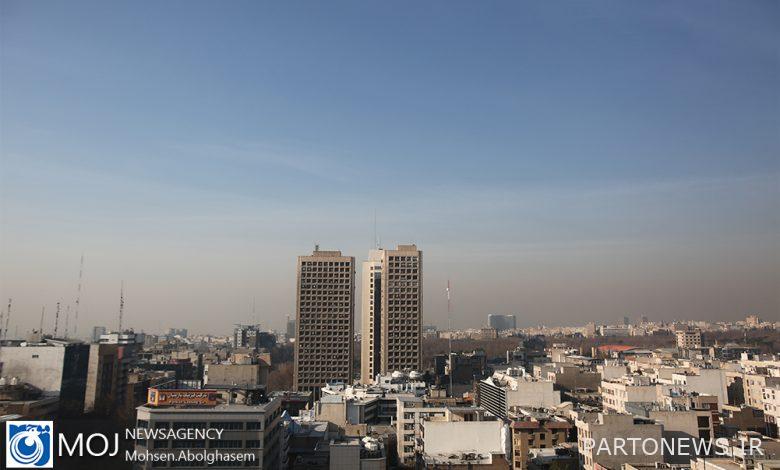The air quality of Tehran reached 87 on November 10, 1401

According to Moj news agency, the forecasts made in the control company Air quality in Tehran It indicates that due to the relative decrease in wind speed and the increase in morning traffic, the concentration of suspended particles will be increased to some extent and will lead to a decrease in air quality in some high traffic areas.
With the growth of atmospheric instability and the increase of wind speed during the day, suitable conditions will be provided for the dispersion of pollutants, although the wind will be relatively strong in some afternoon hours and there will be a possibility of temporary emission of dust in susceptible areas.
The continuation of these weather conditions until late Tuesday will not be far from the expectation of establishing an acceptable situation in most areas, although the increase in traffic will increase the concentration of pollutants and decrease the air quality in high-traffic areas.
The effective wind blowing will prevent the accumulation of pollutants until tomorrow morning (November 11), however, at the same time as the morning traffic increases, the increase in the concentration of suspended particles will not be far from expected, creating an unhealthy situation for sensitive groups in some high-traffic areas.
Weakening atmospheric instability and reducing wind speed during the day will cause the accumulation of pollutants and decrease air quality.
With the absence of effective wind until the last hours of Wednesday, the concentration of suspended particles will increase and an unhealthy situation is expected for sensitive groups in some high-traffic areas.
According to the announcement of Tehran Air Quality Control Company, the current index pollutant is “suspended particles less than 2.5 microns” with an average of 81 and the air quality is acceptable. The pollutant index of the capital’s air during the last 24 hours was “suspended particles less than 2.5 microns” with an average of 87, and the air quality of the capital was in acceptable conditions.
Air quality (AQI) is divided into five main categories; Based on this division, from zero to 50 “clean” air, from 51 to 100 “acceptable (healthy) or average” air, from 101 to 150 “unhealthy for sensitive groups”, from 151 to 200 “unhealthy for all” groups”, from 201 to 300 air is “very unhealthy” and from 301 to 500 air quality conditions are “dangerous”.

